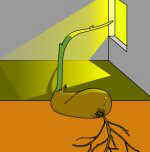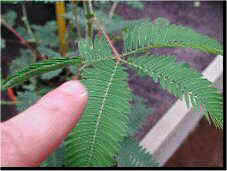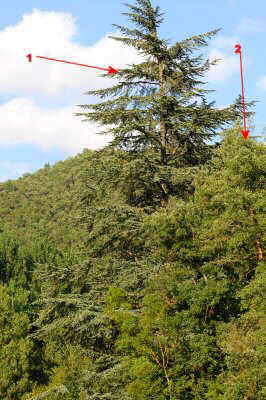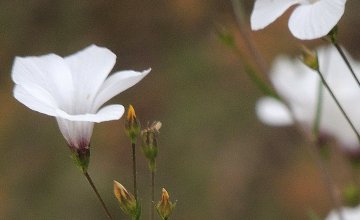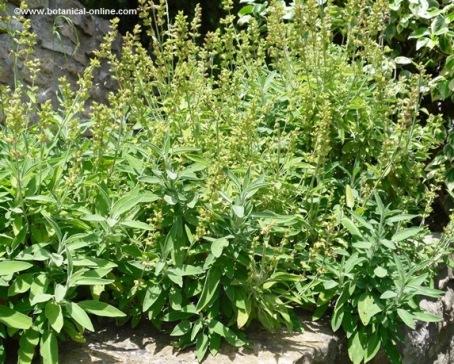Contents
How a plant moves
PLANTS MOVEMENTS
Why do plants and animals move?
The alive beings, need to adapt themselves to the environment that surrounds them to assure their survival. The animals are characterized by their capacity to change place when the environmental conditions demand to.
The plants, in spite of being rooted in the floor, also need to have strategies that allow them the necessary displacements to survive.
The main ones are the following:
Tropisms in plants
Tropisms are movements that experience the plants when they need to adapt to some more favorable environmental conditions. The movements take place for phenomena of vegetable growth, with increase of the total mass of the plant, so, contrary to the movements that take place in the animal Kingdom, they cannot be reversed and they are completely involuntary.
Among these adaptations we have:
– Phototropisms: Or reactions of the plants when they are stimulated by the light. The stem has positive phototropism. On the contrary, the root shows negative phototropism. A phototropism example is seen when we place a vegetable in a room next to a window. This, little by little, will go bending towards the light.
These movements take place because the plants possess some specialized receivers, called phototropins that activate the vegetable hormone auxine. This phenomenon was discovered in 1880 by Charles Darwin and later developed by Fritz Went. Both put the bases of the importance of the hormones in the vegetable world as regulators of most of the processes of the plants.
See animation. Phototropism in a bean seed growing.
– Gravitropisms: They take place because of the gravitatory force. The root presents positive gravitropism, that is to say it tends to grow in the same directions than the force of the gravity, while the stem presents negative gravitropism, because it looks for the opposed direction.
The gravitropism takes place for the presence of amyloplasts in specialized cells. These, by changing position inside the mentioned cells, generate a descompensación of mass that triggers an unequal growth that originates the tropisms.
– Tigmotropisms: Reactions of the plants when they are in contact with solid objects. These movements allow certain plants to be able to climb when clinging to other plants or surrounding objects as plants with clambering stems,plants with tendrils or plants with aerial roots.
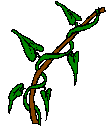
Tigmotropism in a stem of a green bean.Other clambering stems do the samesuch as Common morning glory.
Hidrotropisms: Vegetable reactions in front of the stimulus of water.
Nastic momements in plants
They are movements of the plants that respond to external stimuli, as the contact. These movements, contrary to the previous ones don’t go in the same direction of the stimulus and they don’t mean an increase of the vegetable mass. We have such an example in the case of Mimosa pudica which reacts to contact by closing its leaves.
See animation. Nastic movements in a Mimosa pudica
Circadian responses in plants
They are changes that experience the plants triggered by environment and according to some predetermined biological stimuli. Inside these we would have, for example, the photoperiodic and seasonal movements that are answers from the vegetables to the variations of the solar light between the day and the night and between some seasons and others.
These changes are manifested in the different position of leaves, closing flowers in the night, the blooming period, the germination of seeds, etc.
They are carried out because of the photoreceptive proteins, called phytocromes, that activate female hormones, being the auxins the most important among them. Light and temperature seem to be the more influential external stimuli for these changes.
* Related information: Plant senses
![]() More information about plants.
More information about plants.

